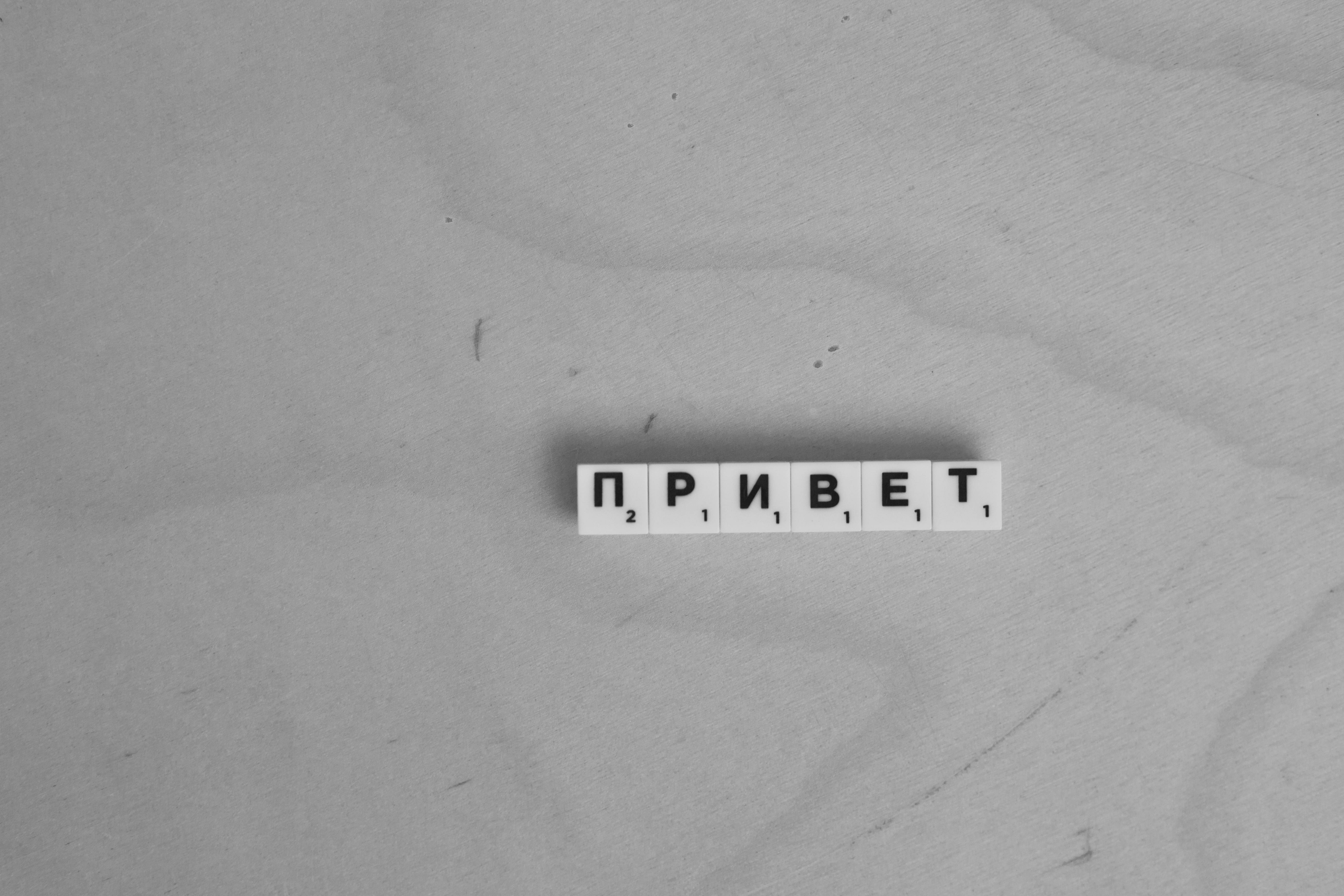
Acting through the ages
Performance art is as old as the world itself. The common belief is that theater as we know it today in the Western world evolved from ritual, and more specifically from the Greek rituals at the festivals of Dionysus. Dionysus was the god of wine and fertility. He began with the Dithyramb, a song sung by a choir of up to 50 men, in honor of Dionysus.
Thespis (6BC), a singer in the dithyramb, is believed to have been the first person to step forward as an actor. He used masks to portray different characters. Eventually the characters grew from one to three. During ancient Greek times, only men could perform. They played all the different characters by swapping masks and costumes. The Greek tragedy was the first play to be performed.
The performance was stylish and spectacular with dance and movement. Specific movements and gestures were used to represent emotions such as crying and praying.
Roman and Greek theater flourished until the fall of the Roman Empire around 500-600BC. Political instability, barbarian invasions, and disease terrified the world. The theater declined the occasional wandering actor, juggling and mime. The formal theater no longer existed.
The Roman Catholic Church gained more and more ground during these times and opposed the pagan element in theater and acting.
It is ironic that the church, in the end, was responsible for the renaissance of the theater.
During medieval times, most people were illiterate. All church services were held in Latin and not in the vernacular. In an attempt to make church services more accessible to the common man, the church introduced Mystery and Morality games into its service. Certain biblical stories were represented as the birth of Jesus or the Crucifixion.
As the stories became less and less biblical, the plays moved out of the church onto fixed stages and sideshow cars.
At the beginning of the Renaissance, the Commedia Dell’Arte became a popular art form. It was a very physical form of theater with lots of slapstick and comedic character moves. As in the Eastern Theater, the actors played the same character for many years.
Shakespeare and the Elizabethan theater must be without a doubt the best known theater of the Renaissance. The show was of paramount importance as the theater was open to all classes. Not everyone understood the eloquent language of Shakespeare, so it took a lot of action and spectacle to keep everyone entertained. It was still only the men who were allowed to perform. The well-known film Shakespeare in Love explores this theme very well.
With the Industrial Revolution and the emphasis on science during the 1900s, theater underwent massive change. Stanislavsky, the Russian director, began to emphasize the emotions of the characters. He believed that the actor should experience the emotion of the character on stage and explore the idea of ”sensory memory”.
Dramas changed from stories about heroes and noble figures to stories about ordinary people and their tragedies. Acting became more realistic and believable. Show made room for real emotion on stage.
The First and Second World Wars brought another twist to the Theater. Science failed the world. What should have saved the world is now killing people. Brecht, the revolutionary playwright, together with Erwin Piscator, a Marxist, started a movement against realism, called Epic Theatre. Here the actor was required to distance himself from the character. Instead of asking “Who am I?” as in the days of Realism, the actor should ask “What am I?” The person became less important than what he represented in society. A character would be referred to as the soldier, rather than Simon, as in the Caucasus chalk circle.
After World War II, the world was in crisis and people began to question its existence. Absurd Theater made its entrance into the world. The best-known work of these times must be Beckett’s Waiting for Godot. Two characters waiting on the side of the road for Godot, who never appears. Acting techniques changed. The dialogue was dark and hopeless, where the characters spoke nonsensical lines with little emotion only to contrast this with clownish actions.
Modern theater is believed to have started with Epic Theater and today we have a wonderful eclectic acting style. Classic works are performed faithfully to the time period or in a modern version. Many of Shakespeare’s plays have been very successfully adopted on a modern stage making them more accessible to modern man.